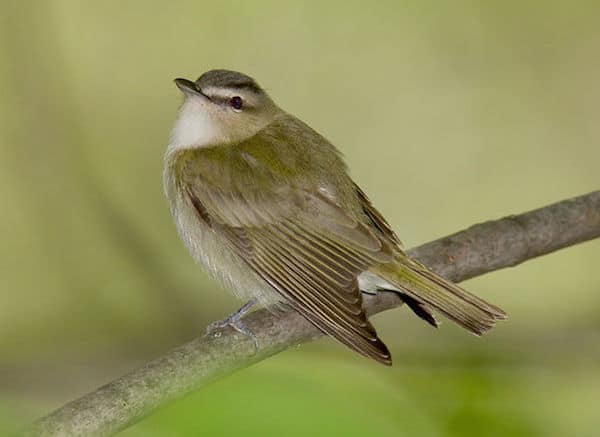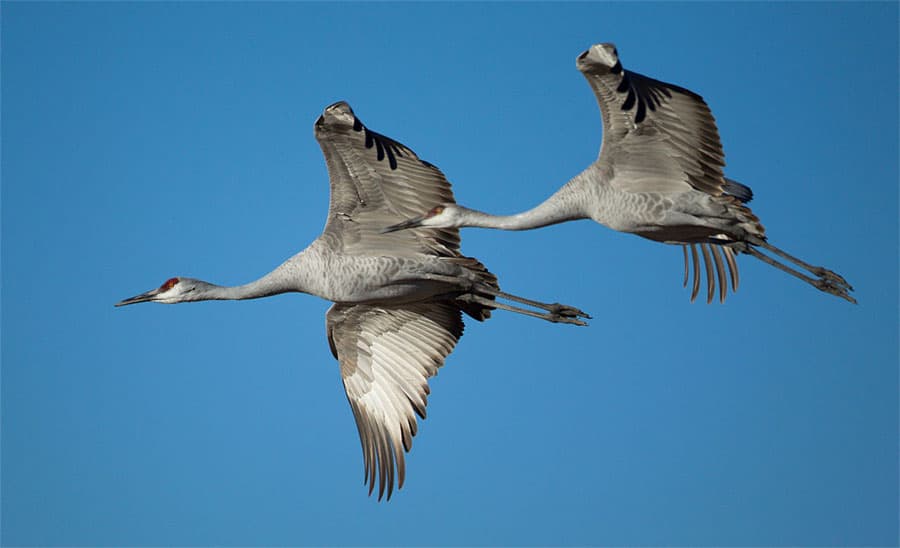Look For
The red-cockaded woodpecker is black and white and medium-sized—slightly smaller than a hairy woodpecker. Both males and females have large white cheek patches, which separate red-cockaded woodpeckers from all other species in range. The male wears a little red “cockade” over its ears, but it is rarely seen.
Listen For
The red-cockaded woodpecker is a very social species so it has a greater variety of vocalizations than its North American congeners. Alexander Wilson described their voice as greatly resembling the chirping of young nestlings.
Find It
These rare woodpeckers live in forests with an open understory. Red-cockaded woodpeckers used to be common in the South but have disappeared from much of their original range and have been considered endangered since 1968. Overall, the red-cockaded woodpecker is sedentary and not known to migrate unless their habitat is being destroyed. It is noisy because it persistently jabs at tree bark looking for insects.
Nesting Behavior
The red-cockaded woodpecker is a cavity nester. It exclusively chooses old pines contaminated with red-heart disease. It is known for having an entrance hole glazed over with pine gum created from little taps pecked around the main hole. The pine gum is believed to repel predators.
Unlike other woodpeckers, this one is clannish; it lives in extended family groups with as many as four additional birds helping one pair of adult birds in tending to their young. They have a very cooperative breeding system. Most of the young fledge in 26 to 29 days and remain partially dependent on parents for two to five months after.
Wow!
Due to its precise habitat needs, this woodpecker is a federally endangered species. The U.S. Forest Service looks after known colonies, prohibits felling of old pines, and install artificial nest boxes in red-heart afflicted old trees.





https://uploads.disquscdn.com/images/a2b9581cde837f83108baea6ac78d11dfe0cb0876bd4c0754a3745877719b940.jpg https://uploads.disquscdn.com/images/239a222d1bd0de29b45cd3715c661917d97463cc9341effbd5589530989941eb.jpg https://uploads.disquscdn.com/images/bf04e54ae7255563f22f02d73f561655d382891fc7458b7890a073a1b8982e26.jpg I believe I have a RED-COCKADED WOODPECKER! Can anyone tell me if it is???? PLEASE?
Sorry, Theresa, it’s a yellow-bellied sapsucker. Notice the white vertical “stripe” on the wing. That’s a hallmark of sapsuckers. Also, notice the striping on the cheeks, and the red that extends to the top of the bill. Red-cockaded has broad white cheeks, and very little red is visible. Yellow-bellied sapsuckers are not as rare as red cockaded, but it’s still a nice find! Dawn Hewitt, Bird Watcher’s Digest